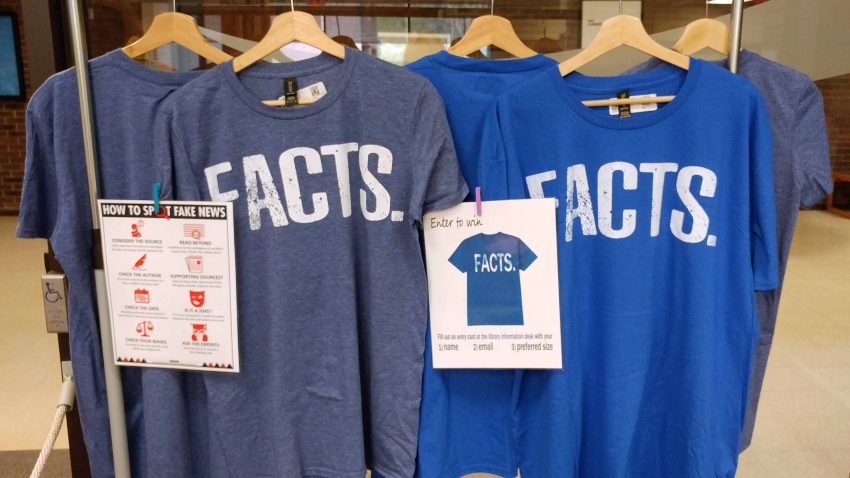As the midterm elections approach, we are all being bombarded with political ads, sensational news, and social media posts designed to persuade you to vote for a particular candidate. But how do you know what to believe when the information you see is contradictory or inflammatory?
 Use the suggestions below to get to the truth.
Use the suggestions below to get to the truth.
- Consider the claim being made. Does it make sense? Can you verify the claim through another source?
- Use a fact-checker like PolitiFact, FactCheck.org, or Snopes. They check the credibility of claims and provide you with links to sources to back up their rating.
- Pay attention to any sources cited or links embedded in articles. Follow links and citations to attempt to get to an original source of information.
- Don’t be afraid to do a Google search about the topic, the candidate, the publication, or the sponsor of the information. You never know what you’ll find out.
- Look at the original date of the information. Is it old information that has been recycled? If so, is it still relevant to current events?
- Check the sponsor, author, or authority of the information. Do they have an agenda or display a particular bias?
- If you are looking at a news source, check the Media Bias Chart. It can also be helpful to read about the creation of the chart, methodology, and additional charts by news network on the ad fontes media
Think you’re an expert at spotting fake news? Test yourself using Factitious: The Spot the Fake News Game.
You may also find the following links helpful when researching how to vote in the upcoming election.
Political Advertising on Google
As always, Clermont College Library staff are happy to assist if you have any questions!
Heather Mitchell-Botts
Instruction Librarian

